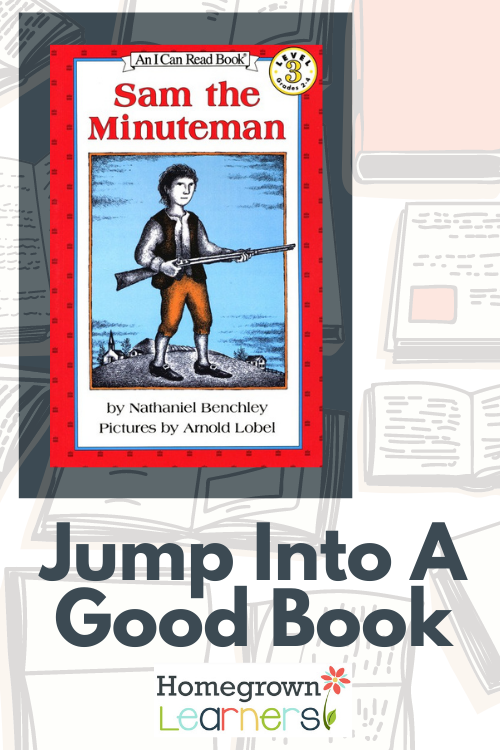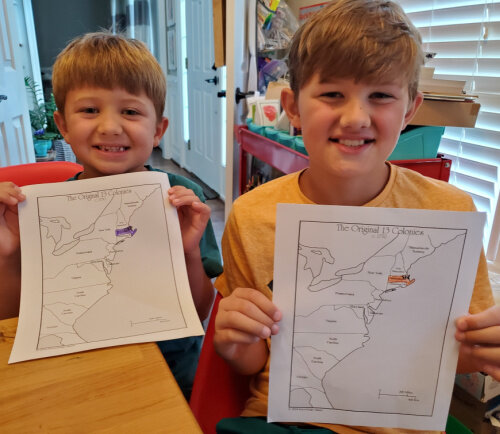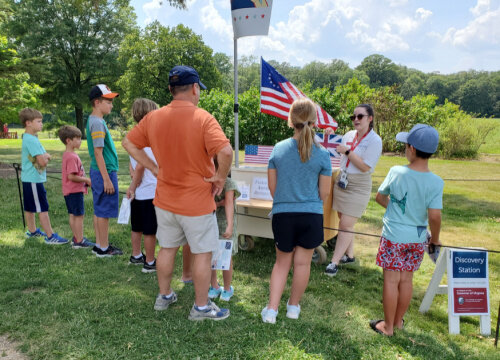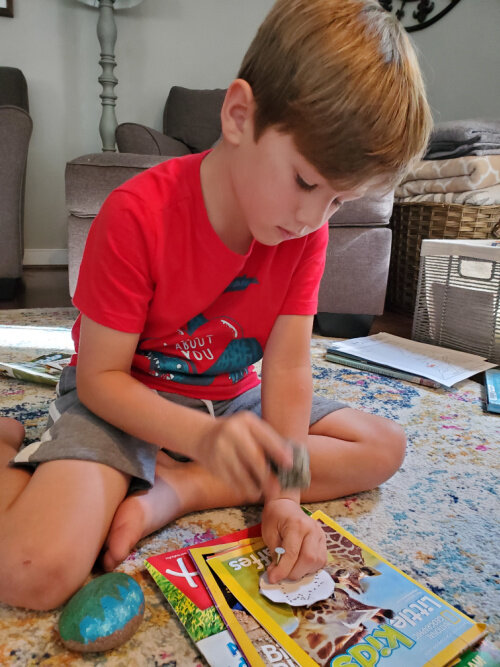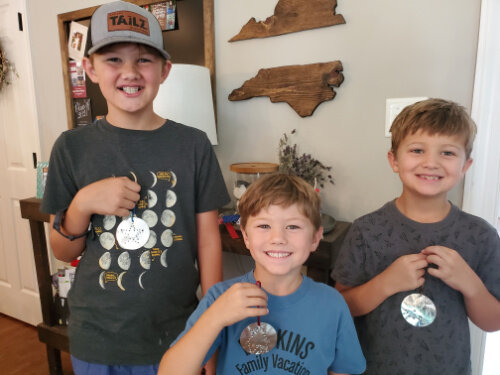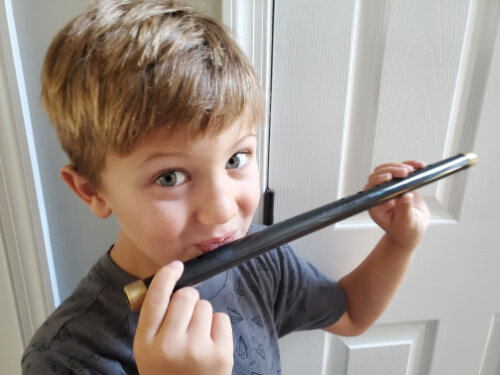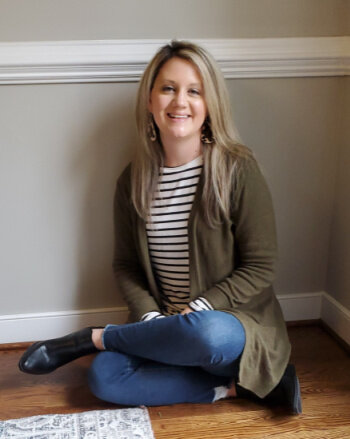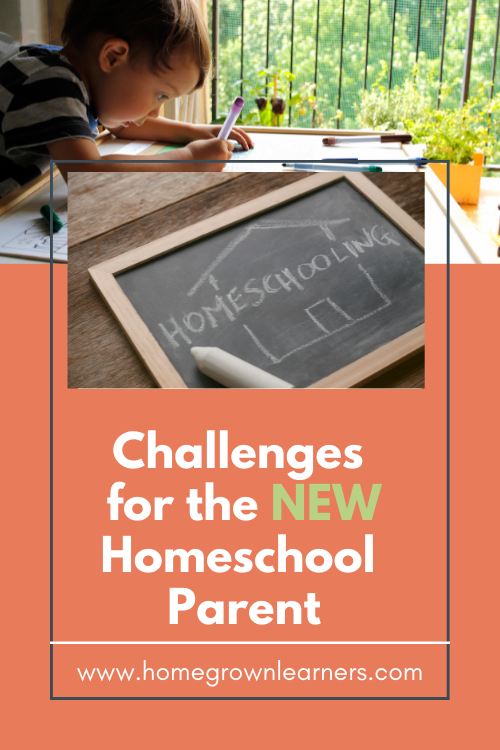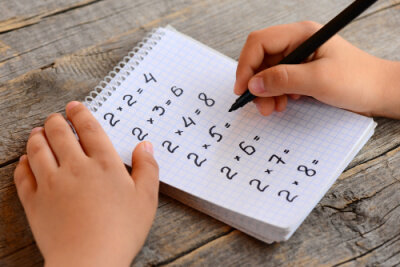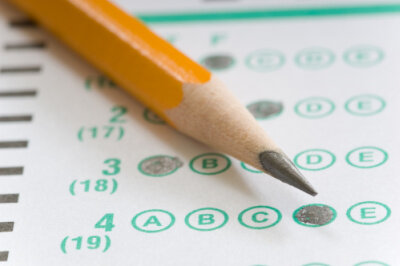Do you have a favorite subject or hobby that makes you giddy to share with your children?
For me, there is nothing better than experiencing a great book with my boys.
Running an awfully close second is learning about history together. If I am lucky enough to come across a book that gives me the opportunity to combine these two loves, well, you will find one overjoyed homeschool mom!
History sometimes gets a bad rap for being boring and dry, but a good book can help our kids make connections to historical events in a meaningful way.
Recently I discovered Sam the Minuteman, a classic, early reader book, that sent my book study planning gears into overdrive. Leading a good book study is such an engaging way to integrate several subjects through one common theme.
At first, I had selected Sam the Minuteman for my second grader to read aloud to me as extra independent reading practice. This is one trick that I use to sneak in good quality literature that they typically would not pick up to read on their own. The entire time that he was reading to me I was making a mental list of activities and lessons that could tie in so well to the story.
Do not let the simplicity of a book keep you from realizing its potential as a possible literature study.
Let’s look at how we used Sam the Minuteman to learn about history, geography, literature, art, music, and more!
Getting Started with Sam the Minuteman
Sam the Minuteman is about a family that lives in Lexington, Massachusetts in 1775.
While in Boston Sam notices the increasing number of British soldiers and his dad tells him they are there to keep them from becoming too strong. Sam’s dad is a minuteman and one night he wakes up to church bells ringing to alert them that the British soldiers are marching to Concord to seize their hidden weapons. Sam goes with his dad to help and witnesses the shot that begins the first battle of the Revolutionary War.
Sam might be lumped into the easy reader category, but it is loaded with historical value, not to mention opportunities to teach about character point of view and relationship dynamics.
A good book will stand on its own whether you have appealing activities to go along with it or not, but some books lend themselves so well to further exploration and learning. Sam is a great launching pad to introduce so many other topics!
To prepare for our study, I had my third-grade son read it independently so we were all familiar with the story and characters. Reading the book before we begin our actual study is something I always do in our book studies. If it is a lengthy or more challenging chapter book, then I usually read it aloud over several days before we begin our unit.
In this case, since Sam the Minuteman is a beginning reader book, it was a great choice to give my boys to read on their own.
Other Books Related to Sam the Minuteman
One component of a good book study is to read other related books.
We read The 4th of July Story by Alice Dalgliesh and Paul Revere’s Ride by Henry Wadsworth Longfellow together and had so many great discussions that gave them some great background knowledge to understand Sam the Minuteman on a deeper level.
I also put together a basket of other related books like The Battle of Lexington and Concord by Neil Johnson (this one is a great resource for photos of period uniforms, weapons, and battle reenactment), Let’s Read About George Washington, Buttons for General Washington, If You Lived in Colonial Times, Meet Felicity: An American Girl, and a variety of books from the Historic Communities series about colonial life, crafts, clothing, and homes. This basket I kept out in the living room for them to explore on their own.
Sam the Minuteman (I Can Read Level 3)The Fourth of July StoryPaul Revere's RideThe Battle of Lexington and ConcordLet's Read About-- George Washington (Scholastic First Biographies)Buttons for General Washington (On My Own History)If You Lived in Colonial Times - Tells What It Was Like to Live in the New England Colonies During the Years 15665 to 1776 - First Scholastice Paperback Edition, 5th Printing 1993Meet Felicity: An American Girl (American Girls Collection)
Mapping Activities with Sam the Minuteman
My boys love maps and globes and they always want to know where a certain location is in relation to where we live.
(Have you seen the Map Tracing post here on Homegrown Learners? Kids really love maps!)
I take every opportunity I get to feed off their natural interests and curiosities so incorporating map skills was an easy addition to our unit.
I did an online search for a blackline, printable map of the thirteen original colonies. There were several good options, but I chose a very simple one that had the names of the colonies labeled. A fun extension activity could be to let them label a blank map.
We compared our maps to a map of the current United States, and they were extremely interested in how different the shapes of the colonies were and how much the states have changed over time. We live in Virginia so of course, they were thrilled to find us on the map and compare where we are in relation to the setting of the book in Massachusetts.
I had them color in Massachusetts and we looked more closely at another map that I found of just Massachusetts with Boston, Lexington, and Concord labeled. Last, they went back to their map of the colonies and put three dots approximately where Boston, Lexington, and Concord were located and labeled their city names. This simple activity really helped them visualize Boston on the coast and see for themselves how close Lexington and Concord are located just a short distance inland.
Literature Study in Sam the Minuteman
An important and necessary component to a strong book study is to dig into the text and study the literature itself.
Progeny Press has an excellent resource for this on Sam the Minuteman and I find all their e-guides so helpful.
After purchase, the downloadable e-guides are emailed to you and ready for printing. We have completed several of their studies and they have each contained similar components: information on the author and illustrator, a synopsis of the book, background information on the setting and historical context, suggested pre-reading activities, a vocabulary list with activities, thought-provoking comprehension questions, and great ideas for after-you-read activities.
Specifically, for the Sam the Minuteman guide they have an exercise that explores the emotions from the characters in the book and then has the student relate it to experiences from their own life by listing times that they have also felt those emotions.
The guide uses events from the book to teach the concept of cause and effect, similes, and metaphors, and it has the student identify ways that the author creates certain moods in his book. I love that the guides include a section where they take situations from the book and give related Bible verses to shed a Biblical view into the story. This particular study does a great job of using the family in the story to look at the American Revolution in a whole new way.
It suddenly becomes not just a war that happened a long time ago but an event that personally affects this family and causes the student to think about war from their perspective.
I really appreciate how much is included in these guides and that you can do as much or as little as you want. There are also extension activities that really dig deep into the Declaration of Independence and the Liberty Bell. Truly these guides are so valuable and the concepts that they teach extend far beyond what I would have the time to tease out on my own.
Field Trips and Sam the Minuteman
My favorite part of a book study is taking a related field trip.
For Sam, some of our recent family outings just tied in so perfectly to reinforce everything that we were learning without me really having to put in a whole lot of effort.
We are blessed to live in Virginia where we are surrounded by early American history. Just before we started this study, we visited St. John’s Church where Patrick Henry delivered his “Give Me Liberty or Give Me Death” speech that fueled the fire of the impending revolution. Our guide told us that the reason that the Second Virginia Convention of 1775 met at St. John’s Church was mainly because 1.) it was not safe to meet in the then capital of Williamsburg because the governor lived there and he was physically at his residence, and 2.) it was the only building between Williamsburg and Richmond that could hold that many people!
That really puts the population density and buildings of the time into perspective!
I have said for years that I wanted to take our boys to George Washington’s house at Mount Vernon and this study prompted us to finally go!
We learned so much about our nation’s first president on a personal level and as a war general. The interpreters and exhibits in the museum provided so many opportunities to better understand colonial life and the American Revolution. During a video of the war, your seat actually vibrates so that you feel the bullets and cannons being fired and when Washington’s men are crossing the Delaware, snow falls from the ceiling! What a sensory experience!
I fully embrace that I am a history nerd , but something amazing happens when you can actually visit the places about which you are learning!
On our Mount Vernon trip, we also made a stop at Arlington National Cemetery. While we were watching the Changing of the Guard Ceremony, my oldest son asked me what was on the end of the guard’s rifle. This was the perfect opportunity to teach our vocabulary word “bayonet” because there it was.
Sure, there are plenty of other ways that I could have taught the term bayonet, but nothing can replace the “real world” learning that field trips provide and the look on their faces when they make those connections.
Another excellent Revolutionary War site is the American Revolution Museum at Yorktown.
This was a full-circle moment since Sam takes place at the battle that started the war and Yorktown is the battle that ended the war. There is nothing like standing at the edge of the York River and imagining yourself back in time with that same river full of battle ships. The museum is packed with information but the real gem is their outdoor exhibits. They have the best interpreters and demonstrations in their Revolutionary War-era farm and Continental Army Camp.
My boys got to use pen and ink to sign their name to enlist in the army, participate in military drills, witness musket and cannon firing, wash clothes in a bucket of soap and water, and watch the process of fabric dying, flax being made into fibers, and colonial cooking. It was wonderful to be able to ask the interpreters to explain the difference between the minutemen, like Sam’s dad in the story, and the Continental army.
What would really make this study complete would be to visit the Revolutionary and colonial sites in Boston and compare the colonies. I also have Philadelphia and the Liberty Bell on my list of future trips. We will make it there one day!
Art & Music with Sam the Minuteman
My final component of a complete and thorough book study is to explore related art and music.
I bought a quill and ink set and an early American tin punching handicraft at the gift shops on a couple of our trips. I love to incorporate as many hands-on opportunities as possible for the learning experience but also because my boys just love these kinds of activities so much. I really enjoy watching them work hard at something that they would not otherwise learn how to do.
The company that makes the tin punching kit also offers many other handicraft kits like doll making, quilting, embroidery, weaving, calligraphy, wool spinning, crochet, knitting, and boat making. Maybe it’s just me but I want us to try them all because there are so few people taking up these crafts!
Another great art idea would be to let the kids create the original flag of the thirteen colonies. They could draw it, paint it, or use a different media of their choosing. At an exhibit in one of the museums, my boys were fascinated to learn how much our flag has changed over time.
Just as the colonies were experiencing so many major changes, I found it so interesting that the music world was also going through big changes at the exact same time. We have learned through our SQUILT lessons that the Baroque era ended in 1750, making way for the incoming Classical era.
There are so many great lessons in the SQUILT Lesson Archives to use as resources to compare and contrast pieces from both eras and see if there are any similarities to the changes going on in the colonies and Europe. What an amazing way to teach the concept of art imitating life.
I found this article about popular music during the Revolutionary War very informative and we have had a lot of fun listening to fife and drum music, the very familiar “Reveille” and learning the history of “Yankee Doodle.”
My middle son picked out a fife from the gift shop on one of our trips, so we have had quite a bit of experience with that instrument!
Just so you know, not all of our literature studies are not this involved.
Sam the Minuteman ended up being one of those books that took on a life of its own and we were just along for the ride! The most important part of having an engaging and enjoyable unit study is to make sure that you include enrichment activities.
Studying the literature is important but our children will appreciate that part so much more when you fill them with background knowledge so they can make connections through hands-on experiences, music, art, and reading related books.
I wonder what book we should jump into next?
Have you been inspired by a book - and fallen down a rabbit hole with all of the goodness it had to offer?
I’d love for you to tell me about it in the comments!
This post is from our contributing writer, Kristen. She is a former teacher with a passion for books, history, and her boys!

